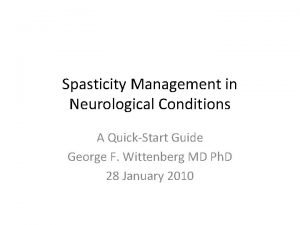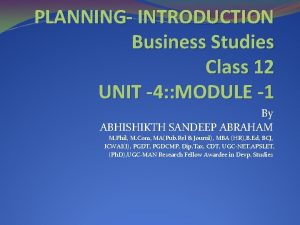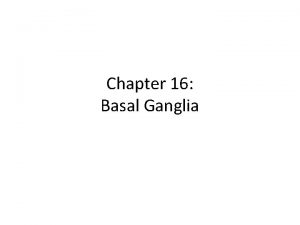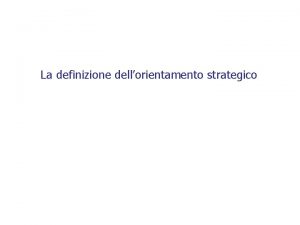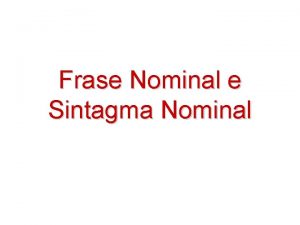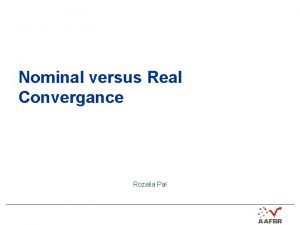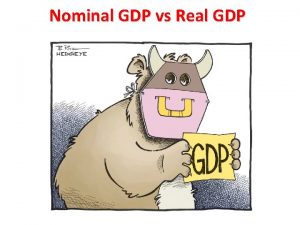THE NEW KENESIAN NOMINAL REAL RIGIDITY NOMINAL RIGIDITY








- Slides: 8

THE NEW KENESIAN: NOMINAL &REAL RIGIDITY.

NOMINAL RIGIDITY • Nominal rigidity is also known as price stickiness or wage stickiness. • It is situation in which the nominal price Is resistant to change. • Complete nominal rigidity occurs when a price is fixed in nominal terms for a relevant period of time. • The change in price level is effected aggregate price level. • The presence of nominal rigidity is an important part of macro economic theory. it can explain why markets might not reach equilibrium in the short run or even possibly the long run. • The same idea can apply to nominal wages.

• The general theory of employment , interest & money by “John Maynard keynes” argued that nominal wages display down word rigidity. • When the workers are reluctant to accept cuts in nominal wages. • This will lead to involuntary unemployment.

REAL RIGIDITY • Real rigidities are can be distinguish from nominal rigidity. • In macro economics, rigidities are real in prices and wages that fail to adjust to the level indicated by equilibrium or if some thing holds one price or wage fixed to a relative value of another. • Real rigidities that do not adjust because prices can be sticky and fail to change value even as the underlying factors that determine prices fluctuate. • Real rigidities along with nominal , are a key part of new keynesian economics. • Economic models with real rigidities lead to nominal shocks like changes in monetary policy having a large impact on the economy.

SMALL MENU COST

Small menu cost • Menu costs are costs that result from price changes. • An easy way to understand menu costs is by means of a typical example ; restaurants. • According to Gregory Makiw ; demonstrates in his article “small menu cost and large business cycle : A macro economic model of monopoly” 1985, this menu costs may lead to a non socially optimal situation. • Mankiws menu cost model shows how higher menu costs may lead to a situation where prices remain unchanged , thus provoking so called price stickiness. • Normally the cost of adjusting price are called small menu cost.

ASSUMPTIONS • There is an imperfectly competitive market which consist of a number of monopolistic competitive firms. • Firms produce standardized or differential products. • Firms are price makers having some control over the price of their products. • The demand curves are linear. • Price adjustment involve cost for firm. • The mc curve is horizontal.

CRITICISM • The mean cost approach is defective in that it considers only cost of price adjustment and not cost of input adjustment. • Critics point out that menu cost are smaller and have become smaller as computers allow. the printing of menu cost at a small marginal cost. • Economists do not agree that , mean price can explain price stickiness in the short run. because they are very small menu cost can not explain recession in the economy. • Another flow is that small menu cost may be important for an individual firm but they are unlikely to affect the economy as a whole.

